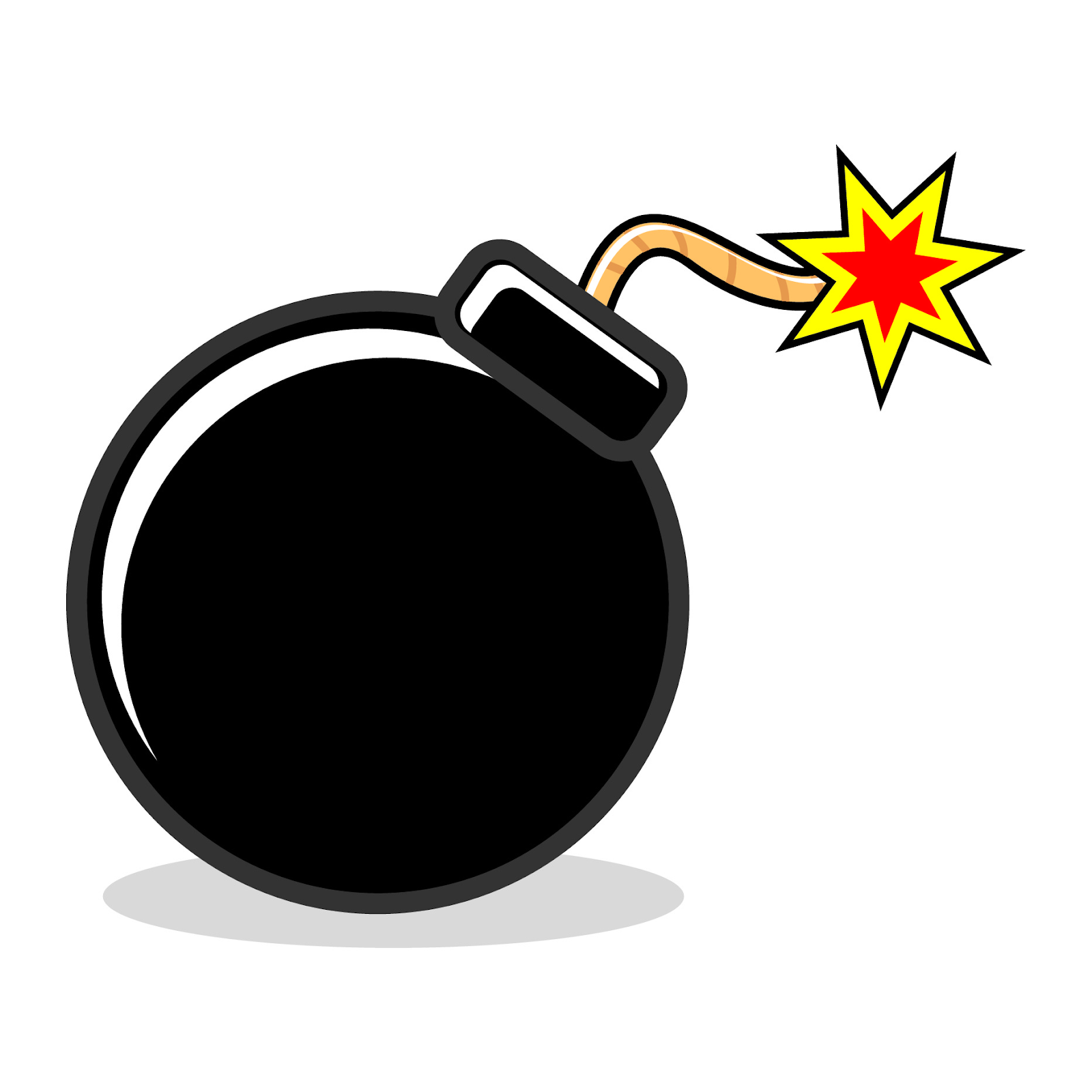Overview
This is a custom-made expert manual for KTANE. We made this manual to save space and confusion for anybody playing the game, with no mods (at least for the moment). This is a highly condensed guide, with many confusing parts to someone who doesn’t know what it all means. So, here’s a guide to using our guide!Let’s get started! Here’s the link to the condensed guide: https://docs.google.com/document/d/1G9y12w4rDxjtnKRKxyEK5eje33vHIG-e2WkqciuWoKA/edit?usp=sharing
Morse Code
On the Subject of Morse Code:
The Morse Code tree is simple, you just have to follow the start to the finish based on the morse code you get from the module.
Knobs
On the Subject of Knobs:
This is the only needy module that requires a guide to use. The defuser tells the expert the first four lights of the top row, on(1) or off(0). The expert then tells the direction that the arrow needs to point.
However, for 10/10, the expert needs to know the fifth light on the bottom row as well, which is the “On” and “Off” in the manual.
Memory
On the Subject of Memory:
Pretty straightforward, “P” for position, “N” for label number, “Sx” for Stage number x. Make sure to write down the position and label for each stage so you don’t forget!
Buttons
On the Subject of Buttons:
Fairly simple grid, if the button fulfills the requirements (for example if there’s a blue button that says Detonate and the bomb has 2 batteries), then you would press the button. Otherwise, hold and follow the black cell (if yellow, release when there’s a 5 in any position on the timer, blue 4, other colors 1).
Who’s On First
On the Subject of Who’s On First:
Also pretty straightforward, the only complicated part would be the “L/REED”, “C/SEE”, and “YOU/R/’E”
Basically, the word can be “LEED” or “REED” for the first one, “CEE” or “SEE” for the second, and “YOU”, “YOUR”, or “YOU’RE” for the third.
Also, for the second portion of Who’s On First, if none of the words fit, you have to click on the word used. So, if you had LEFT, and RIGHT was not the answer, then you would click LEFT. And also, the list is in alphabetical order, with some words being in the same line as other words to save space.
Passwords
On the Subject of Passwords:
Pretty simple, you should be able to understand it if you’ve ever played the game before.
Wire Sequences
On the Subject of Wire Sequences:
If a tile is black, cut. If blue, cut C. If yellow, cut B, if red, cut A. If there is a combination of colors, cut the correct letters for the color combo. Make sure to write down how many wires you’ve seen for each color! Or at least use an object to cover up the page for each wire.
Complicated Wires
On the Subject of Complicated Wires:
This should be an easy-to-follow grid. “G=2 Bat” means that if there are 2 or more batteries, cut. “Par” means if there is a parallel port on the bomb, then cut. “Even#” means that if the last digit of the serial number is even, then cut.
Simon Says
On the Subject of Simon Says:
“S” is the number of strikes on the bomb. Vowel means if the serial number contains a vowel or not. Then, you switch the colors listed. For example, no strikes and with a vowel would switch red with blue, and yellow with green.
“Pri Clock” means that you would switch the primary colors clockwise when defusing. “Rot Clock” means that the whole module would be rotated clockwise when defusing.
Mazes
On the Subject of Mazes:
The defuser needs to tell the expert the left-most circle. Then, the lowest, if there are multiple ones in the same column. That way, the expert can tell what maze the defuser is in.
Then, just do regular mazes. The white square is moved towards the red triangle.
Keypads
On the Subject of Keypads:
Symbols! The ones outlined in red are symbols unique to that column. Use them as indicators of what column to use. There is also a small list of what we named the symbols at the end, but you can call them whatever you want.
Wires
On the Subject of Wires:
In green is the number of wires, and after the equals sign is the number wire you have to cut. Each of the lines is a question that the expert can ask the defuser. The defuser only needs to tell the expert what number wires they have at first.
End
And that’s all! We managed to condense 13 pages of material from the original manual into only 3 pages. It’s a little hard to understand, but really helps with management, time, and space when you get down to it.
Thanks everyone! And if you have any questions or comments, feel free to ask or add comments to the Google Doc.

